Halloween day is coming, and along with the fun of dressing up comes the excitement of going out and ask for candy from door to door. And even if this year going out for candy is out of the question due to the current situation, there will be candies you will need to avoid!
Halloween may look a little different this year, but it still comes with ghosts, trolls, and goodies—and the sugar in those treats can execute some undesired tricks on your teeth if you let them.
To help you pick the best treats to bite, we have a summary of some worst and best typical candies and their impact on your teeth.
The Worst Candy for your Teeth
We love candy, but our teeth think differently. The reason candy is harmful to teeth is that bacteria in your mouth burn the sugar, which creates acid that dissolves tooth enamel, causing cavities. Here some of the worst Halloween candy you should avoid this year and the years to come!
Sticky And Gummy Candies
The stickier the candy, the harder it will be to remove it from your teeth. Your favorite’s like gummy bears, gummy worms, sour gummy rings, Fruit roll-ups, Air Head, Starburst, Mike and Ike, Skittles, Lifesavers, and many more will severely damage your teeth.
Parents take note of this. Even if you don’t consider them like “Halloween candy,” gummy vitamins enter the category of sticky candy. Maybe they will contain less sugar than the normal ones, but they will still stick to your teeth and damage the enamel.
The problem with this kind of candy is that they are so sticky that they will adhere to your teeth. Even if you brush your teeth more than three times, the sugary components will not dissolve entirely with your saliva.
The issue with this type of candy is that it will benefit the reproduction of bacteria that will happily eat all your sugar in your teeth. This will give them more time to work on your Halloween gift: cavities.
Hard Candy
Sometimes, the frequency of exposure is more harmful than quantity. It can apply with x-rays and oh, yes! with candy, the delicious and tasty hard candy to be more specific.
Hard candy like lollipops, Jolly Rancher, Sour Warheads, gumballs, jawbreakers, and corn candy are designed to stay in your mouth for more extended periods so the sugar can mix with your saliva and dissolve.
This doesn’t necessarily mean a good thing. Saliva helps restore your mouth’s natural acid balance, but you are not washing away the sucrose off your mouth when you combine it with sugar. You are just creating the perfect environment for cavities.
Oh, the jawbreaker. The one we can’t avoid trying to break with a hard bite. This hard candy by excellence contains High Fructose Syrup, the ingredient that gives it sweetness, can put you at a heart disease risk.
Lollipops do more harm than you might realize. Because lollipops are made to be enjoyed slowly, hard candies and their cousins on a stick stay longer, making it hard for your saliva to do its job, which is to wash away and causing acid to build up in the mouth.
Ensuring that you correctly care for your teeth as soon as this Halloween candy is gone can help prevent cavities.
Caramel or Nugget
When it comes to dental care, chocolate is not the worst thing among Halloween candies. Some dental experts admit to being a fan of chocolate because it dissipates relatively fast with your saliva. So, because chocolate does not linger on the teeth for very long, it does not act as much of a risk for cavities as other Halloween candy alternatives.
Not to mention that chocolate bars are also among the healthier candy options for Halloween treats. Like other candies, chocolates should still be eaten in moderation.
Because it is the same case as the other candies mentioned before, the amount of sugar that caramel and nugget have is the perfect friend for cavities and the worst enemy of your teeth.
The other thing you should be worried about is that consuming caramel and chocolate regularly causes triglyceride levels to rise. When you have too many triglycerides in your body, the risk of heart disease intensifies.
By now, maybe you learned some new facts, or perhaps you are just tired of keep hearing that candies are bad because, let’s face it, you know it, but you will keep consuming them.
So, if you are a sweet tooth person that won’t stop taking one candy at a time from the Halloween pumpkin of your child but you want to remain with all your teeth, we recommend this sweet alternative for your cravings: candy that helps your teeth.
Best Halloween Candy for your Teeth
If you want to please your trick-or-treaters this year (at home, of course), you may want to start by stocking up on the Halloween candy that is most popular. We want to recommend some sweets that are no that bad for your oral health as the ones mentioned before in this article.
Dark Chocolate To Fight Tooth Decay
Like we said before, almost everybody loves chocolate but not every chocolate loves your teeth. Dark chocolate is a safe bet when it comes to taking care of your smile. This type of candy is more helpful than fluoride.
Fluoride is a mineral found naturally in our bones and teeth and added to toothpaste, mouth rinses, and supplements to improve oral health. This mineral will help you to prevent cavities, tooth loss, and the rebuild of weakened tooth enamel.
A dentist in Clairemont recommends dark chocolate? Yes, that is right, we can, because recent studies emerging from England, Japan, and the U.S. support the fact that dark chocolate effectively fights tooth decay, plaque, and cavities in the mouth. Dark chocolate doesn’t deserve its bad reputation as a cavity-causing treat. It may actually help prevent them!
Sugarless Gum With Sugar That Isn’t Sugar
Sugar-free sweets are among the excellent side candy, but gum has the property of catching the food particles between our teeth, where sometimes the bristles of our brush can reach. Those sweetened with xylitol can be considered the best.
Currently, added sugars seem like an enemy for health, but xylitol is a sugar-free sweetener that doesn’t raise blood sugar levels and improves your oral health. Unlike sugar, it is not converted into acids that trigger tooth decay.
Plus, dental erosion is caused by the acids in the food and beverages we consume, such as fruit juices, citrus, and fizzy drinks. These begin to eat up the enamel covering a portion of our teeth and remove some of the minerals making up the enamel.
So, by chewing sugar-free gum, we can also reduce this type of acid attack. It takes the saliva about an hour to replace the minerals that the enamel has lost. Chewing sugar-free gum for at least 25 minutes after eating or drinking can increase the flow and help replace the minerals faster.
Candy Bars That Won’t Drive You Nuts
The protein and fibers that nuts provide can break up the stickiness and avoid leftover candy breaking apart and staying there stuck in your teeth. Bloggers and dentists will highly recommend trying the KIND Bars. These treats aren’t scary at all; actually, all these snacks contain natural ingredients like almonds, brazil nuts, cashews, fruits, ginger, honey, kale, and even jalapeno.
Watch out for cavities; they don’t decide to come to light just this season. As soon as sugar touches your mouth, bacteria will love to dress up a tooth as a cavity. Such a frightening disguise that will keep people away.
So if you would not like your teeth to look like a witch or have the breath of a werewolf at midnight, contact Serena Family & Cosmetic Dentistry. We have the best tricks to keep your teeth.

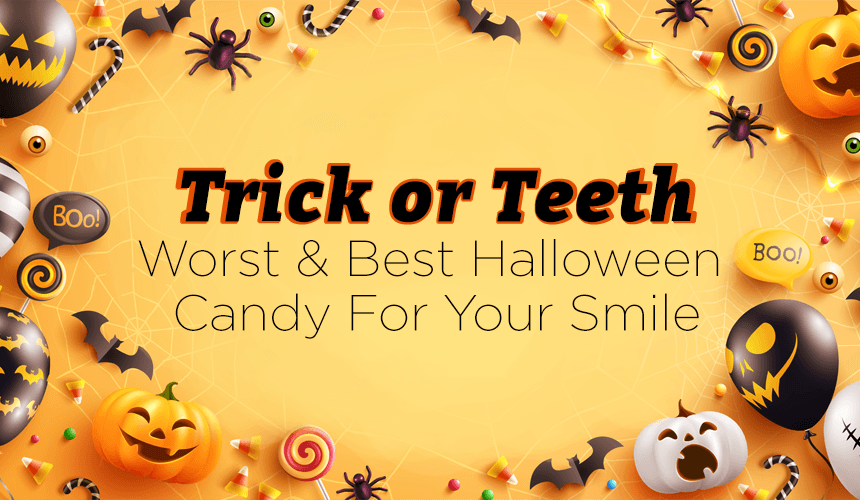
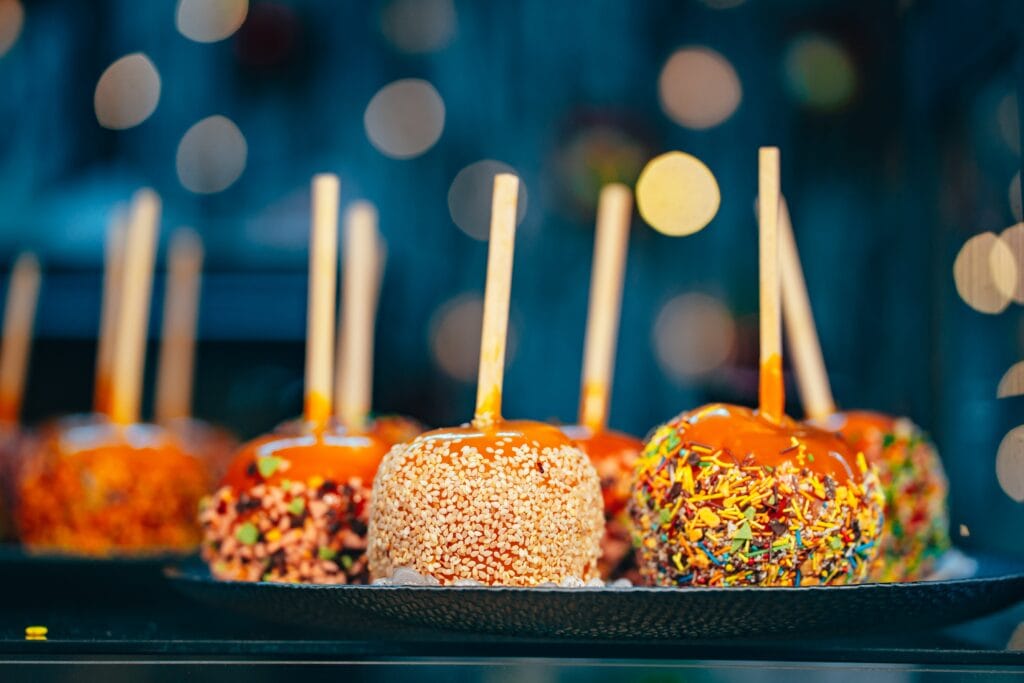
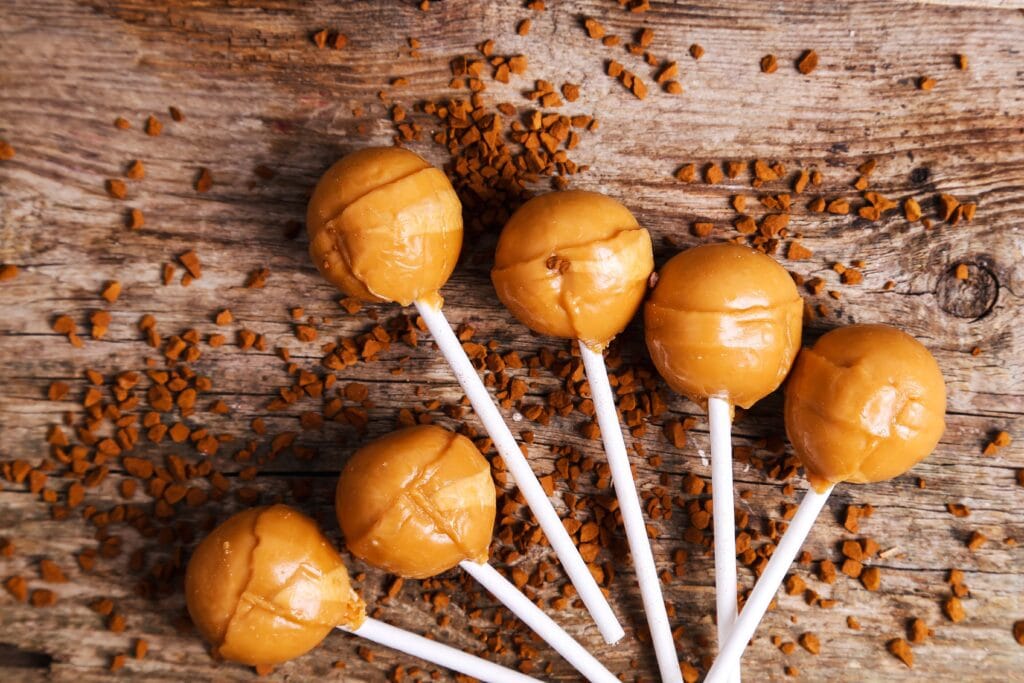
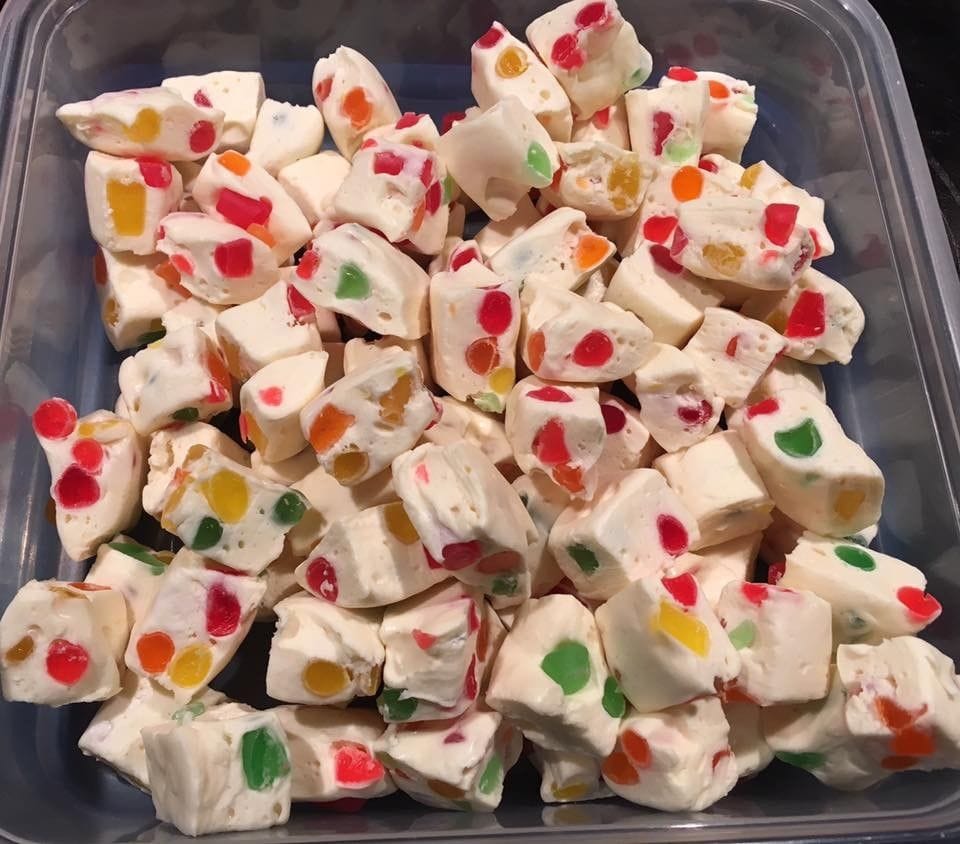

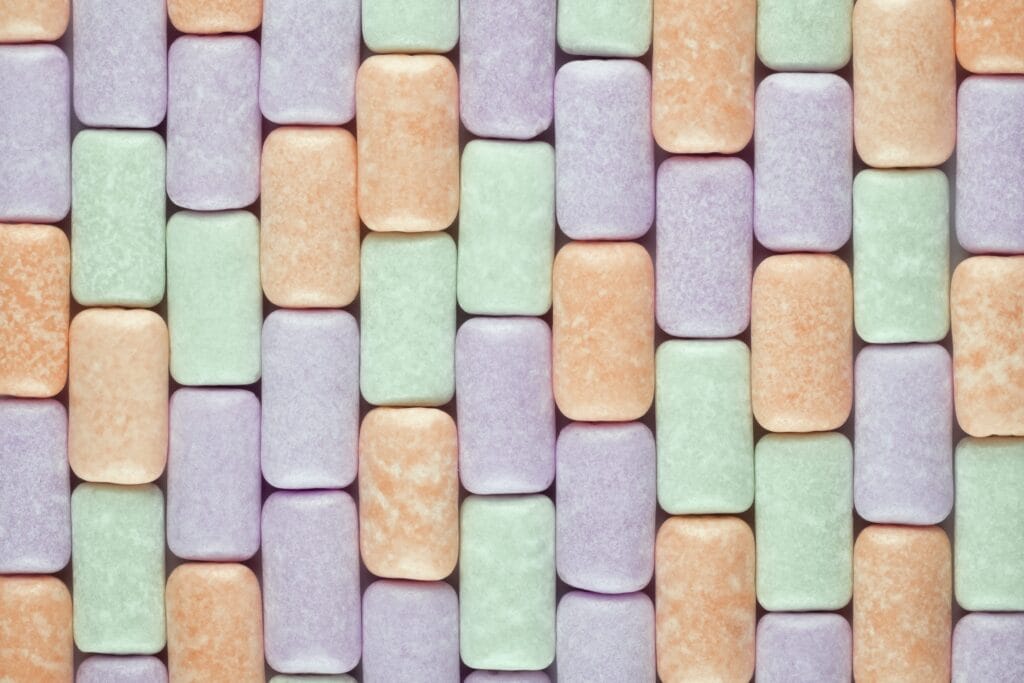
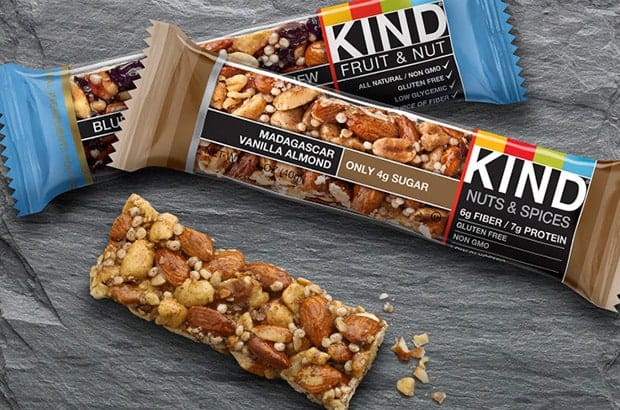
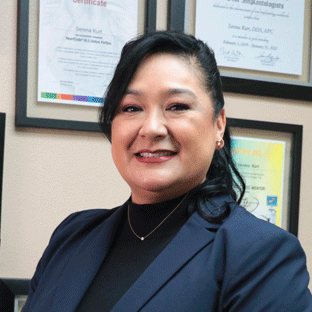
Leave a Reply